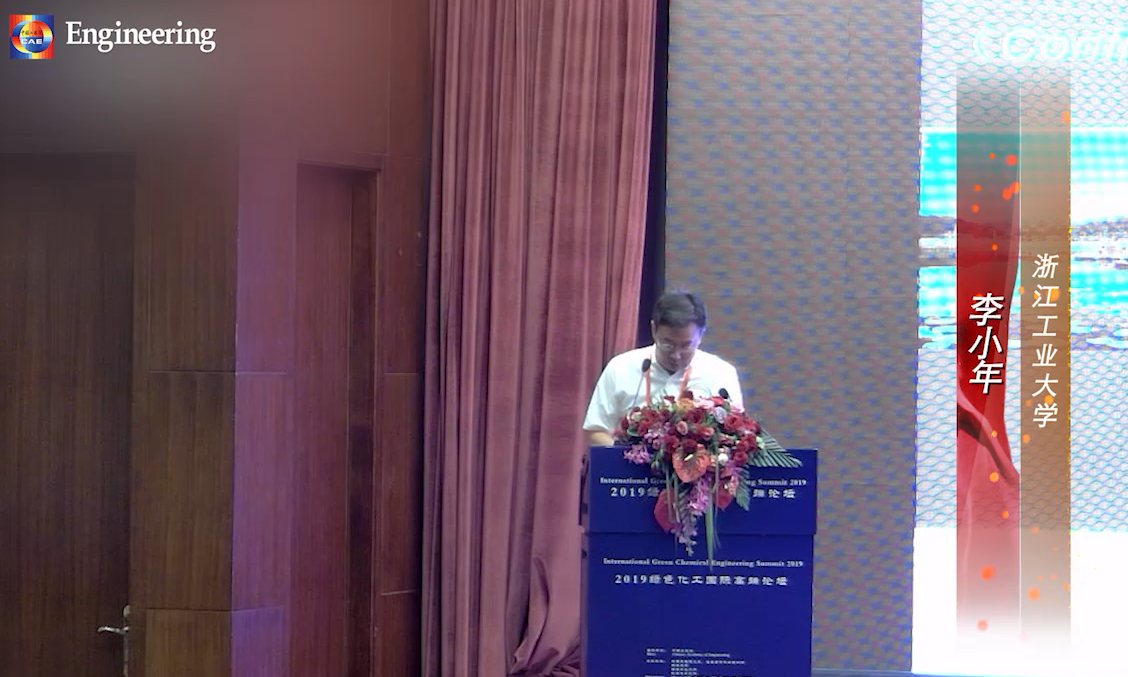Search scope:
排序: Display mode:
Complex interplay between tumor microenvironment and cancer therapy
Minhong Shen, Yibin Kang
Frontiers of Medicine 2018, Volume 12, Issue 4, Pages 426-439 doi: 10.1007/s11684-018-0663-7
Tumor microenvironment (TME) is comprised of cellular and non-cellular components that exist within
Keywords: tumor microenvironment therapy response treatment resistance
Kai Shi, Matthew Haynes, Leaf Huang
Frontiers of Chemical Science and Engineering 2017, Volume 11, Issue 4, Pages 676-684 doi: 10.1007/s11705-017-1640-4
Keywords: vaccine nanoparticle tumor immunotherapy microenvironment
Heterogeneity of the tumor immune microenvironment and clinical interventions
Frontiers of Medicine 2023, Volume 17, Issue 4, Pages 617-648 doi: 10.1007/s11684-023-1015-9
Keywords: Heterogeneity tumor immune
Frontiers of Medicine 2023, Volume 17, Issue 4, Pages 699-713 doi: 10.1007/s11684-022-0972-8
Keywords: anti-CD19 chimeric antigen receptor T immunotherapy diffuse large B cell lymphoma tumor microenvironment
Frontiers of Medicine doi: 10.1007/s11684-023-1017-7
Keywords: single-cell RNA-seq glioma radial glia primitive oligodendrocyte precursor cell immune escape
Zhaoshi Bao, Yongzhi Wang, Qiangwei Wang, Shengyu Fang, Xia Shan, Jiguang Wang, Tao Jiang
Frontiers of Medicine 2021, Volume 15, Issue 4, Pages 551-561 doi: 10.1007/s11684-020-0760-2
Keywords: glioma evolution mechanism strategies tumor heterogeneity secondary glioma
Immunometabolism: a new dimension in immunotherapy resistance
Frontiers of Medicine 2023, Volume 17, Issue 4, Pages 585-616 doi: 10.1007/s11684-023-1012-z
Keywords: immune cell immunometabolism metabolic reprogramming immunotherapy resistance tumor microenvironment
Translational medicine in hepatocellular carcinoma
Qiang Gao, Yinghong Shi, Xiaoying Wang, Jian Zhou, Shuangjian Qiu, Jia Fan
Frontiers of Medicine 2012, Volume 6, Issue 2, Pages 122-133 doi: 10.1007/s11684-012-0193-7
Keywords: hepatocellular carcinoma molecular classification molecular targeted therapies tumor microenvironment
Immunological effects of nano-enabled hyperthermia for solid tumors: opportunity and challenge
Frontiers of Chemical Science and Engineering 2022, Volume 16, Issue 3, Pages 333-344 doi: 10.1007/s11705-021-2059-5
Keywords: nano-enabled hyperthermia immunogenic cell death heterogeneous immunological landscape tumor microenvironment
Frontiers of Medicine 2022, Volume 16, Issue 3, Pages 429-441 doi: 10.1007/s11684-021-0842-9
Keywords: ischemic stroke microenvironment induced pluripotent stem cells (iPSCs) positron emission tomography
Hui QIU, Hui ZHANG, Zuohua FENG
Frontiers of Medicine 2009, Volume 3, Issue 1, Pages 20-25 doi: 10.1007/s11684-009-0006-9
Keywords: 4-1BB ligand tumor immunotherapy tumor microenvironment
Microenvironmental time-activity patterns in Chongqing, China
Yu ZHAO, Shuxiao WANG, Gangcai CHEN, Fei WANG, Kristin AUNAN, Jiming HAO
Frontiers of Environmental Science & Engineering 2009, Volume 3, Issue 2, Pages 200-209 doi: 10.1007/s11783-009-0010-y
Keywords: time-activity patterns microenvironment general linear model (GLM) Chongqing China
Ling Dai, Xiang Gao, Zhihua Ye, Hanmin Li, Xin Yao, Dingbo Lu, Na Wu
Frontiers of Medicine 2021, Volume 15, Issue 3, Pages 495-505 doi: 10.1007/s11684-020-0790-9
Keywords: hepatitis B virus-related liver failure traditional Chinese medicine liver regeneration liver regeneration microenvironment
Nanotechnology: A New Strategy for Lung Cancer Treatment Targeting Pro-Tumor Neutrophils Review
Jian Zhang, Shasha Jiang, Shilin Li, Jipeng Jiang, Jie Mei, Yandong Chen, Yongfu Ma, Yang Liu, Ying Liu
Engineering 2023, Volume 27, Issue 8, Pages 106-126 doi: 10.1016/j.eng.2022.11.006
Keywords: Lung cancer Metastasis Neutrophils Tumor microenvironment Nanotechnology

Li Xiaonian: Bionic Strategy to Build Catalytic Reaction Microenvironment (2019.5.24)
22 Apr 2021
Keywords: 绿色化工
Title Author Date Type Operation
Complex interplay between tumor microenvironment and cancer therapy
Minhong Shen, Yibin Kang
Journal Article
Nanovaccines for remodeling the suppressive tumor microenvironment: New horizons in cancer immunotherapy
Kai Shi, Matthew Haynes, Leaf Huang
Journal Article
Immunosuppressive tumor microenvironment contributes to tumor progression in diffuse large B-cell lymphoma
Journal Article
Distinct immune escape and microenvironment between RG-like and pri-OPC-like glioma revealed by single-cell
Journal Article
Intratumor heterogeneity, microenvironment, and mechanisms of drug resistance in glioma recurrence and
Zhaoshi Bao, Yongzhi Wang, Qiangwei Wang, Shengyu Fang, Xia Shan, Jiguang Wang, Tao Jiang
Journal Article
Translational medicine in hepatocellular carcinoma
Qiang Gao, Yinghong Shi, Xiaoying Wang, Jian Zhou, Shuangjian Qiu, Jia Fan
Journal Article
Immunological effects of nano-enabled hyperthermia for solid tumors: opportunity and challenge
Journal Article
Quantitative proteomics revealed extensive microenvironmental changes after stem cell transplantation in ischemic stroke
Journal Article
4-1BBL expressed by eukaryotic cells activates immune cells and suppresses the progression of murine tumor
Hui QIU, Hui ZHANG, Zuohua FENG
Journal Article
Microenvironmental time-activity patterns in Chongqing, China
Yu ZHAO, Shuxiao WANG, Gangcai CHEN, Fei WANG, Kristin AUNAN, Jiming HAO
Journal Article
The “Traditional Chinese medicine regulating liver regeneration” treatment plan for reducing mortality of patients with hepatitis B-related liver failure based on real-world clinical data
Ling Dai, Xiang Gao, Zhihua Ye, Hanmin Li, Xin Yao, Dingbo Lu, Na Wu
Journal Article
Nanotechnology: A New Strategy for Lung Cancer Treatment Targeting Pro-Tumor Neutrophils
Jian Zhang, Shasha Jiang, Shilin Li, Jipeng Jiang, Jie Mei, Yandong Chen, Yongfu Ma, Yang Liu, Ying Liu
Journal Article
Li Xiaonian: Bionic Strategy to Build Catalytic Reaction Microenvironment (2019.5.24)
22 Apr 2021
Conference Videos








